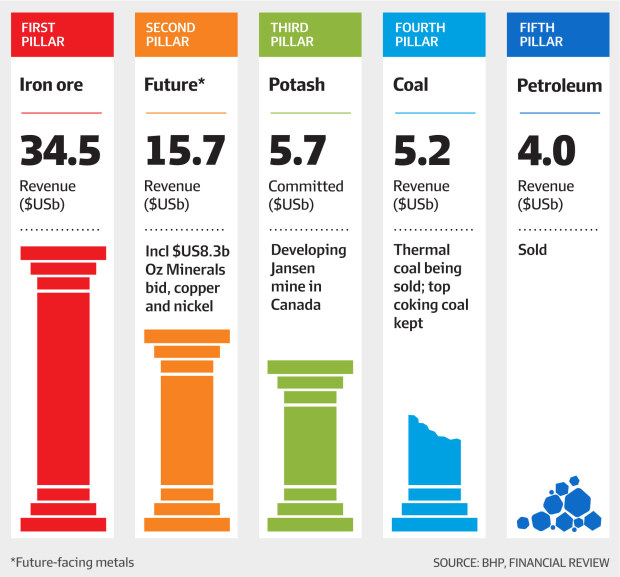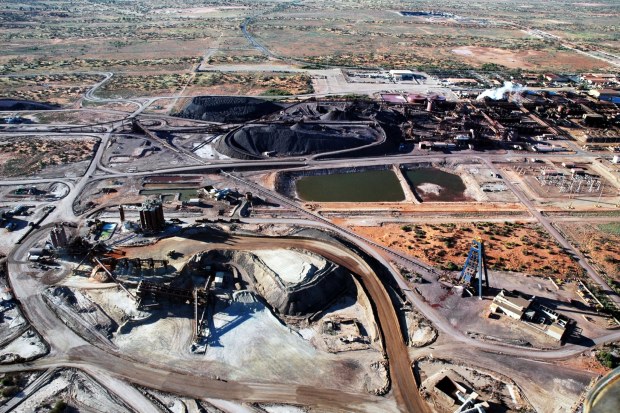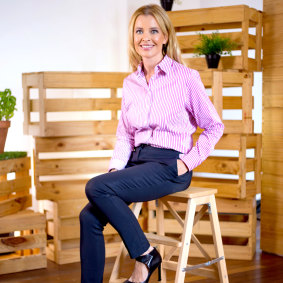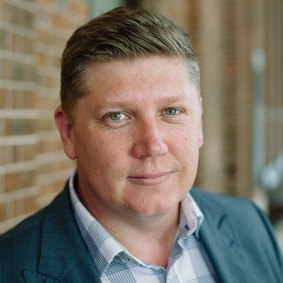Worker shortages “across all industries” are severely impacting many Sunshine Coast businesses, forcing temporary closures, exhausting owners and frustrating customers.
While the ongoing fallout from the pandemic shares part of the blame, the fingers are being pointed at other underlying contributing factors.
More affordable, convenient housing for workers is emerging as the key missing link to the problem that’s affecting large and small businesses.
Federal Treasurer Jim Chalmers hosted a local jobs forum in the new Maroochydore CBD on Thursday at the Holiday Inn Express and Suites, bringing together key stakeholders (more on this below).

It comes as mum-and-dad business owners like Eric and Francoise Pernoud work themselves to the bone to keep their patisserie café open and maintain the high standards customers have come to expect.
The Pernouds are desperate to find a barista and a kitchen staffer for their popular La Maison du Patissier at Meridan Plains and are at breaking point.
The kitchen staff member is needed to help Mr Pernoud make the breads, croissants and other baked goods, and the weekend barista is required Fridays and Saturdays from 7am to about 4pm, and Sundays 7am to 3pm.
For weeks, the Pernouds have advertised in the shop, by word of mouth, with flyers and on social media, to no avail.
The situation has become “critical” at the business they opened in March, 2018.
They have even resorted to phoning other cafes in the hope that their baristas can fill the required shifts and take some of the pressure off.
But as Mrs Pernoud laments: “Unfortunately, they are in the same boat as us. Everyone is looking for staff.”

In a Facebook post on July 27, she wrote: “Every weekend I am anxious with Eric being so exhausted, he will collapse”.
“Since we have no barista this coming Friday, we have to close for this day,” Mrs Pernoud said this week.
“We considered opening but people would abuse us if we can’t make them coffee.
“We have a client that works night shift at a well-known restaurant that is feeling so sorry for us that she will help us until the end of September, or until we find a barista.
Local journalists supporting local people. Help keep independent and fair Sunshine Coast news coming by subscribing to our free daily news feed. All it requires is your name and email. See SUBSCRIBE at the top of this article.
“Eric is working seven days a week and he is exhausted.
“As for me, over the years I had multiple serious health issues so any kind of stress nowadays will make me sick.
“My body is exhausted but my mind is also.
“My husband and I are perfectionists and to not be able to do what we want because we’re short staffed is not acceptable. So, we put a lot of pressure on ourselves.”

While visiting Maroochydore, the federal treasurer Dr Chalmers urged people to put forward their ideas to fix the problems affecting businesses so places like the Coast could reach their potential.
“There won’t be unanimous agreement around all of the ideas put forward by unions or business or others but there is an opportunity for us to find common ground on issues around skills, perhaps migration, issues around enterprise bargaining,” he said.
“Our aspiration here is a good, well-trained, enthusiastic worker for every business that needs one and a good, well-paid, secure job for every Australian that wants one.”
Do you have an opinion to share? Submit a Letter to the Editor with your name and suburb at Sunshine Coast News via: [email protected]
Caloundra Chamber of Commerce CEO Brady Sullivan said the worker shortage had been a “significant issue” for the region “across all industries” during the past year.
The chamber recently held a lunch with major Coast employers, representing more than 5,000 jobs in the region, with indications larger companies were facing similar workforce shortages to small and family businesses.
Mr Sullivan said traditions and hospitality staff such as chefs were particularly in demand, with a lack of affordable housing compounding the issue.

In the 2022 March quarter, the unemployment rate on the Sunshine Coast was 4 per cent.
“It’s the lowest unemployment we’ve had for a very long time and our youth unemployment has come down drastically as well,” Mr Sullivan said.
Mr Sullivan said one significant factor that had altered the local workforce was big changes in the types of businesses and jobs.
“Historically, it used to be ‘Come and live at the Coast, we’ll pay you $20,000 less and you’ve got to pour beers, work in retail or be a chippie,’ he said.
“Now the conversation is that the depth and breadth of opportunity on the Sunshine Coast has grown so much.
“We’ve have start-up tech companies such as GreaseBoss and Helimods, who export products globally but we also have a lot of new businesses moving into the region who see their market as broader than the Sunshine Coast.
“The number of jobs and types of jobs here are drastically different to even 10 years ago.
“Because of the workforce shortage, this means the employee has the power in the relationship.
“They have more power to say, ‘This is what I want to do and this is how much I want to be paid’.”

Mr Sullivan warned that positions would remain unfilled without more affordable housing.
“We can’t say, ‘Hey, we’ve got heaps of jobs here, come on up and live on the Coast and take these jobs’ if they’ve got nowhere to live.
“An 18 to 25-year-old who’s vastly under-represented on the Coast in terms of workforce percentage can’t pay $6-800 a week for a house.
“So, we need to think – is it a two-bed, one bathroom unit that’s $300 a week that’s affordable for them?
“That’s probably the biggest thing that we can do as a region.”
To apply for the La Maison du Patissier positions, message the cafe on social media or email [email protected].



















